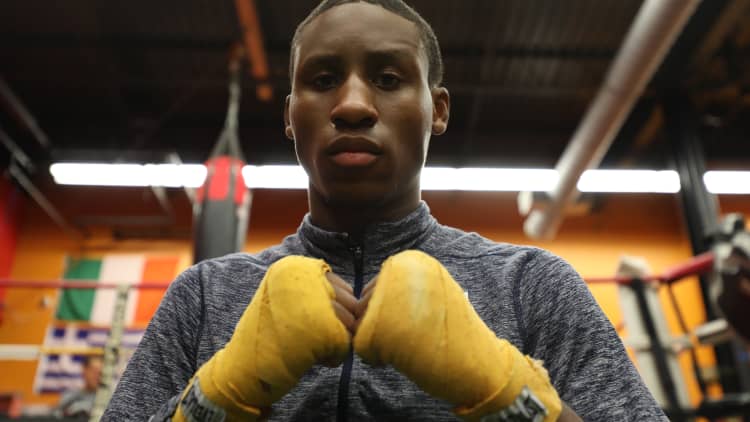A month ago, Tesla CEO Elon Musk expressed some skepticism about the severity of the coronavirus pandemic, but that hasn't stopped Tesla engineers from working to address the shortage of much-needed ventilators in American hospitals facing an influx of COVID-19 cases.
In fact, the company is aiming to repurpose its large supply of auto parts to build ventilators that Tesla hopes can help boost the nation's supply of the life-saving breathing machines. And in a video posted to YouTube on Sunday, a group of Tesla engineers displayed
"We're trying to make some ventilators out of some car parts, so that we can help out the medical industry without taking away from their supply," Lars Moravy, Tesla's vice president of vehicle engineering, says in the video.
Joe Mardall, the electric automaker's engineering director, then stands in front of a whiteboard featuring a "pneumatic schematic" print-out that illustrates how Tesla is trying to use a combination of medical machinery and as many car parts as possible in order to build working ventilators.
For instance, the schematic shows that the Tesla engineers are using parts typically found in the suspension system of a Tesla Model S, including the air tank and air-pressure regulator, to build a ventilator's oxygen mixing chamber. The engineers are also using the infotainment computer and touchscreen from a Model 3 to monitor and control a ventilator's air flow.
"We're working on developing our own ventilator design, specifically one that's heavily based on Tesla car parts," Mardall says in the video. "We want to use parts that we know really well, we know the reliability of, and we can go really fast and they're available in volume."

The video also shows a prototype ventilator's parts laid out on a table while a Tesla engineer demonstrates how the machine creates air pressure that is designed to then pushes oxygen into a patient's lungs while maintaining that pressure, which the company's engineers say is supposed to keep the patient's lungs from collapsing and allow the machine to breathe for them.
It is currently unclear whether Tesla's engineers have consulted with medical experts or respiratory specialists to guide their ventilator designs. Tesla did not immediately respond to CNBC Make It's request for comment.
The company has also yet to publicly offer any sort of timeline for when their engineers' ventilator design could be completed and move into the production phase. From there, the machines would also still require approval from regulators — a process that can normally take up to a few years, though the U.S. Food and Drug Administration recently said it is easing regulatory guidelines in order to make it easier for ventilator manufacturers to quickly boost production.
"There's still a lot of work to do," Tesla's Moravy says in the video. "But, we're giving it our best effort to make sure we can help some people out there."
While Tesla CEO Musk has received criticism for his initial dismissals of the coronavirus threat — including calling panic over the disease "dumb" in a Twitter post — the billionaire has donated thousands of masks and ventilators acquired from China to medical professionals facing shortages of both in the U.S.
(However, Musk came under fire again after it was reported that at least some of the devices Tesla delivered to hospitals were actually Bilevel Positive Airway Pressure (BiPAP) machines, which are used to treat sleep apnea. Those devices are non-invasive and not the same as the critical, life-saving ventilators used for coronavirus patients on life support, though Musk has pointed out that the FDA recently issued guidance that BiPAP machines can be used to help "support patients with respiratory insufficiency" amid a shortage of higher-end ventilators.)
Musk has also said he plans to reopen Tesla's Buffalo, New York factory in order to produce new ventilators. He's also had talks about potentially partnering with biomedical engineering company Medtronic to produce ventilators based on the design specifications and software code for Medtronic ventilators that the company has made public for any manufacturers to use.
Hospitals in the U.S. have an estimated 160,000 ventilators on hand, but health experts have warned that number will not be sufficient at the peak of coronavirus cases in this country. Already, certain states have warned that they are running low on ventilators, and New York City alone expects to need another 15,000 ventilators to get through the next two months.
Meanwhile, other automakers are also working on producing more ventilators to combat the nation's shortage. Ford is working with General Electric's health care division to produce 50,000 ventilators by early-July, while General Motors has partnered with Ventec Life Systems to help that company produce more ventilators.
Check out: The best credit cards of 2020 could earn you over $1,000 in 5 years
Don't miss:
Here's how to help those affected by the coronavirus pandemic


